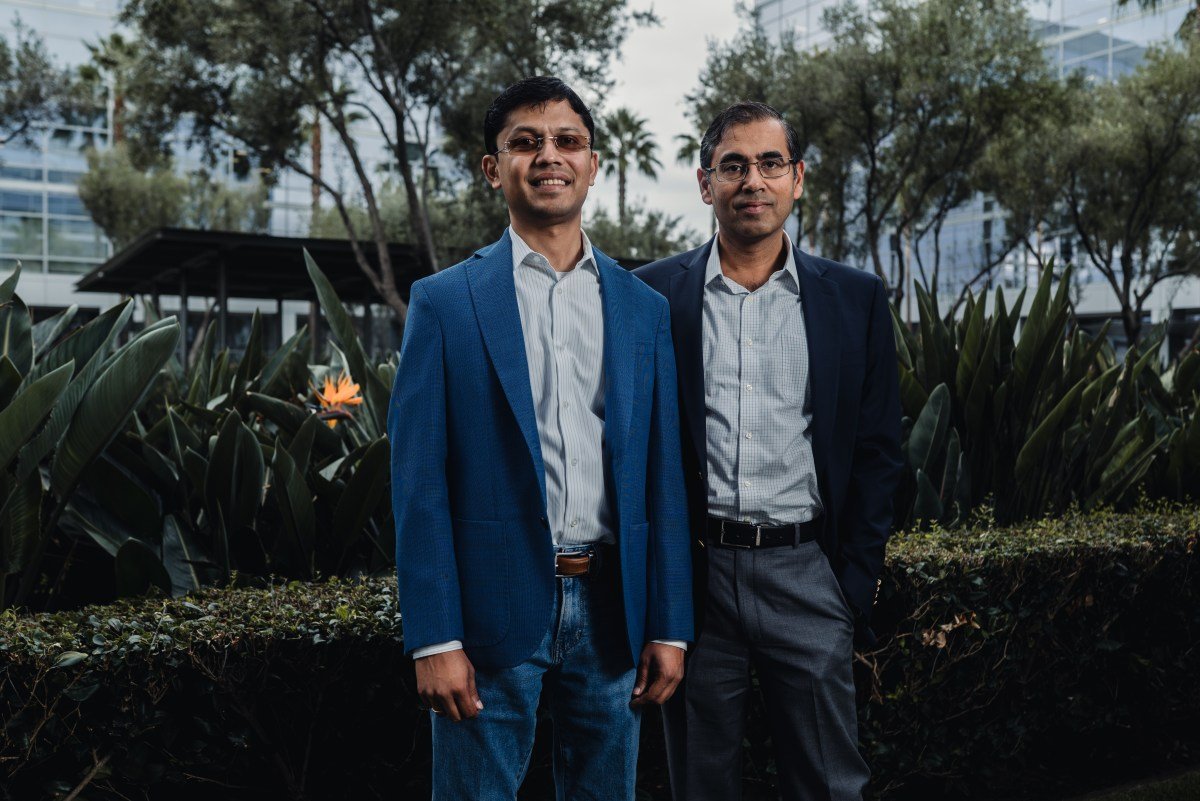Revolutionizing Workplace Communication: Viven’s Digital Twin Technology
In today’s fast-paced work environment, effective communication is critical. However, when key team members are unavailable—whether on vacation or working across time zones—productivity suffers. Viven aims to change this dynamic.
Introducing Viven: A Game-Changer in Workforce Accessibility
Founded by Ashutosh Garg and Varun Kacholia, the minds behind the $2.1 billion AI recruiting startup Eightfold, Viven leverages the latest advances in Large Language Models (LLMs) and data privacy technologies to address these challenges. This innovative digital twin startup allows employees to access vital information from colleagues, even when they are not present.
Viven Emerges from Stealth Mode with Robust Backing
Recently launched, Viven secured $35 million in seed funding from prominent investors like Khosla Ventures, Foundation Capital, and FPV Ventures, marking a significant step in transforming workplace communication.
How Viven Creates Personalized Digital Twins
Viven builds a specialized LLM for each employee, essentially crafting a digital twin by analyzing their internal documents, including emails, Slack messages, and Google Docs. This allows other team members to query a colleague’s digital twin for immediate insights on shared projects, enhancing collaboration.
The Assurance of Privacy: Pairwise Context Technology
A critical concern is privacy, as employees often handle sensitive information. Viven addresses this through “pairwise context and privacy,” enabling LLMs to expertly manage what information can be shared and with whom, ensuring confidentiality while promoting accessibility.
Maintaining Integrity: Safeguards Against Inappropriate Queries
Viven’s system is designed to understand personal contexts, filtering out sensitive topics and protecting employee privacy. Each user has access to their digital twin’s query history, acting as a deterrent against inappropriate inquiries.
Strong Demand: Early Adoption by Major Enterprises
Viven is already in action at several enterprise-level clients including Genpact and Eightfold, demonstrating its potential to reshape workplace dynamics. Both Garg and Kacholia continue to balance their efforts between leading Eightfold and Viven.
Facing Competition: Viven’s Unique Market Position
Garg asserts that Viven stands alone in the digital twin market for enterprises. His discussions with Vinod Khosla confirmed the absence of direct competitors, which led to Khosla’s investment.
Future Landscape: Anticipating Market Changes
While there are no immediate rivals, Garg acknowledges that other tech giants like Anthropic, Google, Microsoft, and OpenAI could eventually explore similar offerings. Viven aims to maintain its edge through its innovative pairwise context technology.
Sure! Here are five FAQs based on the fundraising news about Viven, the AI digital twin startup co-founded by Eightfold’s founders:
FAQ 1: What is Viven?
Answer: Viven is an AI digital twin startup focused on creating virtual representations of co-workers, allowing users to query unavailable team members for insights, knowledge, and decisions, enhancing collaboration and productivity.
FAQ 2: How much funding did Viven raise?
Answer: Viven successfully raised $35 million in funding, which will be used to further develop its technology and expand its market reach.
FAQ 3: Who are the co-founders of Viven?
Answer: Viven was co-founded by the founders of Eightfold, a company known for its innovative approaches in AI and talent management, leveraging their expertise to drive Viven’s vision.
FAQ 4: What problem does Viven aim to solve?
Answer: Viven addresses the challenge of accessibility to knowledge and expertise when co-workers are unavailable. By creating digital twins, Viven enables teams to glean valuable insights even in the absence of key personnel.
FAQ 5: How does Viven’s technology work?
Answer: Viven’s technology utilizes AI to create digital replicas of individuals based on their knowledge, communication styles, and decision-making patterns. This allows users to interact with these digital twins to access information and insights as if they were conversing with the actual co-worker.


